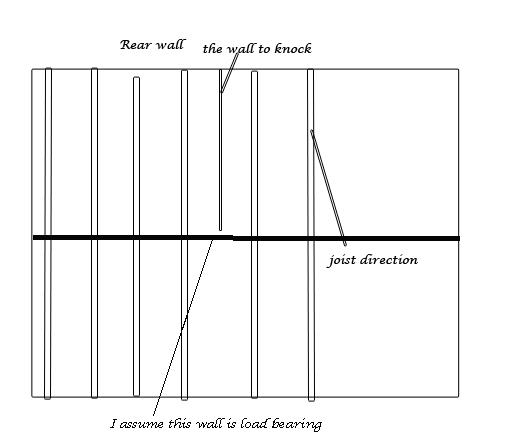I am knocking down a non load bearing wall. The structural surveyor suggested to prop the ceiling up while the new partition wall is being built. I might hire some steel props from HSS, but I was wondering if I could get away with propping the ceiling up using the wood I will be using to build the stud wall?
As for the rebuilding of the stud work. I want to use screws to secure the sole and head plate and the stud work to the sole and head plate.
Can someone recommend the size of screws to use?
Would 3 x 2 soft wood be right choice for the wall?
As for the rebuilding of the stud work. I want to use screws to secure the sole and head plate and the stud work to the sole and head plate.
Can someone recommend the size of screws to use?
Would 3 x 2 soft wood be right choice for the wall?


